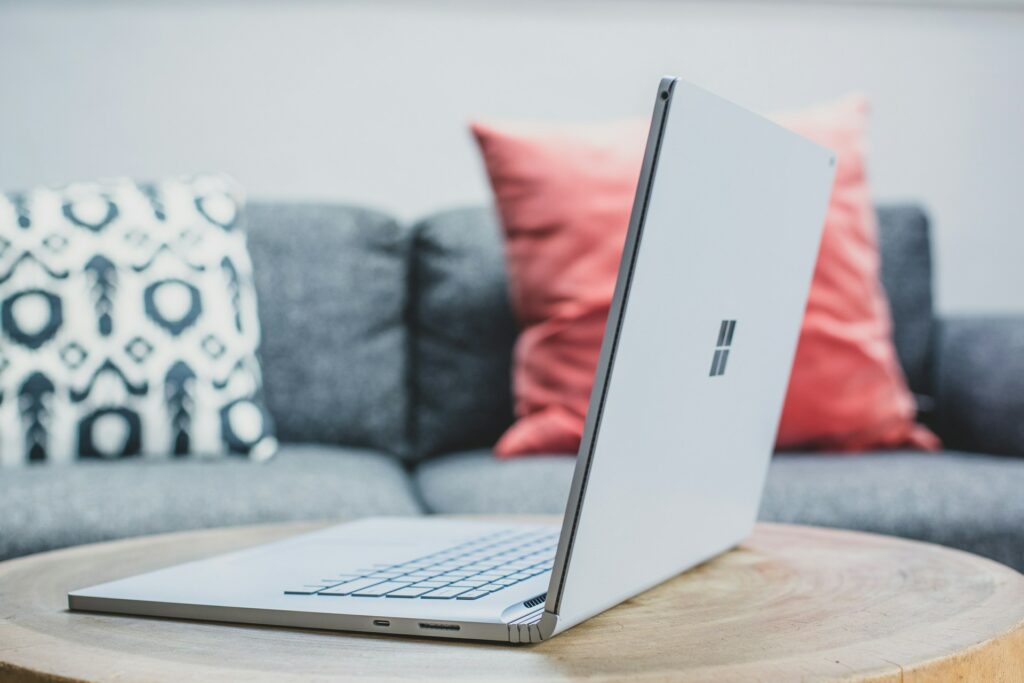A Guide to Creating a Guest Account in Windows in a Secure Manner

A Guide to Creating a Guest Account in Windows in a Secure Manner
You may find yourself in a situation where you need to share your personal computer with friends, family, or coworkers, but you do not want them to have access to your private data, applications, or settings. Having a guest account is helpful in situations like this one. Windows no longer provides the typical “Guest” account that was available in earlier versions of the operating system; however, it is still possible to establish a secure account with restricted access for temporary usage. You can preserve your privacy while still enabling other people to use your computer if you utilize the appropriate configuration settings.
Why Would You Use a Guest Account?
A correctly designed guest account offers a number of benefits, including the following:
- In terms of privacy, it separates your papers, emails, and applications.
- Assists in preventing unauthorized modifications to the settings of the system.
- Providing people with the ability to surf the web or utilize basic applications without having full access to the system.
- The protection of data reduces the likelihood of files being deleted by mistake or malicious software being installed.
1. Acquire an Understanding of the Restrictions That Windows Guest Accounts Possess
Microsoft eliminated the “Guest” account that was incorporated into Windows 10 and Windows 11 respectively. Alternatively, you might establish a local normal user account and limit it such that it behaves in a manner similar to that of a guest. While an administrator account has the ability to install applications, modify system settings, and access your data, a normal account does not have these capabilities.
2. Create a new local account.
Use the Win key and the I key to launch the Settings menu.
- Simply go to Accounts and then choose Family and other users.
- Select “Add account” from the list of Other users.
- Elect to The sign-in information for this individual is not in my possession.
- Make a selection If the user does not have a Microsoft account, add them.
- Please provide a username, such as “Guest” or “Visitor,” and leave the password sections blank (this is something that is optional).
- By doing so, a local account is created, but it is not connected to any particular email address.
3. Changing the Account Type to Standard is the third step.
It is possible to create new accounts with administrative privileges by default. In order to turn it into a regular user, you need to:
- Step one is to go to Settings > Accounts > Family & other users.
- Get in touch with the account that you just made.
- Press the Change account type button.
- Choose the Standard User option, then confirm.
- It is now impossible for the account to install applications, make changes to the settings of the machine, or see your personal data.
Further Restrict Access (This Step Is Optional)
If you wish to have a greater degree of control over the activities that the guest user is permitted to perform:
- Restrict downloads from the Microsoft Store: To prohibit the installation of applications, you may make use of Group Policy (Pro editions) or AppLocker.
- You may hide folders or drives by right-clicking on a folder, selecting Properties > Security, and then denying access to the guest account.
- Limit the amount of time spent signing in: In the Administrative Command Prompt, use:
- net user Guest /time: Monday through Friday, 8:00 to 20:00
- Because of this, use is limited to certain hours.
Protecting Your Own Account
Prior to turning up your own computer:
- Ensure that no applications or files are left open by signing out of your account.
- Make sure that your primary account has a password, a personal identification number (PIN), or Windows Hello enabled.
- Making sure that guest users are unable to access disks that contain sensitive data!
When the Guest Account is no longer required, go to Step 6 and delete it.
In order to maintain a clean environment, you may delete the guest account if it was only used for a short period of time:
- Step one is to go to Settings > Accounts > Family & other users.
- Choose the account used for guests.
- To remove, click here.
- Complete the deletion process, which will delete any files that were made with that account.
- Some Safety Advice for Using Guest Accounts in a Secure Manner
- You should never provide administrative privileges to a guest account.
- Maintain the security of your primary account by using a robust password or personal identification number (PIN).
- Maintain a regular check on the accounts that are present on your system.
- If children are the ones utilizing the guest account, you should make use of the parental restrictions.
Even though Windows no longer contains the previous specialized “Guest” account, it is still possible to quickly establish a limited local standard account that serves the same function. Through careful configuration of permissions, access control, and the protection of your primary profile, you may securely share your personal computer without having to worry about potential threats to your privacy or security. When it comes to ease and security, a guest account strikes the ideal balance.




